Insulation is helpful in many ways, including working to create a comfortable temperature in your house. But do you need to have it between floors? What purpose can it serve you, and what are the downsides to installing it? Relax! We've researched the answers to these questions.
There are certain situations that prompt you to have insulation between floors. But most likely, you need insulation on the ground floor. You should do a thorough evaluation of your house's structure before you insulate all the floors. However, we have listed the pros and cons of insulation between floors.
Pros:
- Warmer rooms
- Reduced floor moisture
- Space-saving
Cons:
- Risky when wet
- Difficult to start
- The effect can be permanent
By the end of this article, you'll be familiar with the advantages and disadvantages of having insulation between the floors. You'll know the purpose of insulation and if your home needs it. More ideas are coming your way, so keep reading!
![Laminated flooring inside a white themed living room, Do I Need Insulation Between Floors? [Pros and Cons]](https://hvacseer.com/wp-content/uploads/2022/05/Do-I-Need-Insulation-Between-Floors-Pros-and-Cons.png)
Do You Need Insulation Between Floors?
Insulation is a useful mechanism to control and isolate a certain temperature in an area. It helps improve the air by minimizing the exchange of heat from the adjacent surfaces, such as walls, attic, and roof.
Insulation between floors will most likely deflect updrafts of air from the room below while also preventing heat from escaping to the floor above. As a result, you'll experience a comfortable air temperature without worrying about sudden temperature changes.
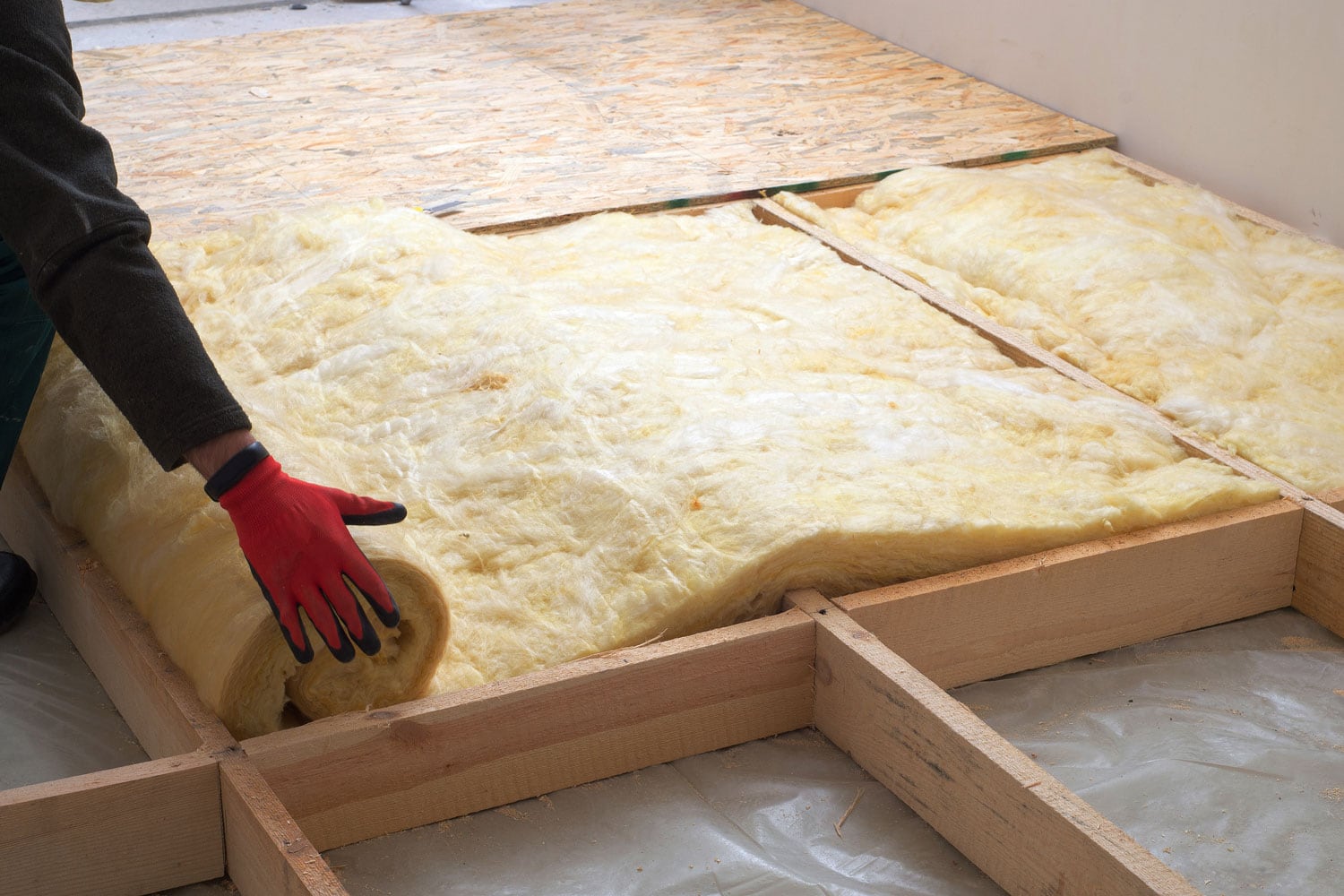
Generally, the only floor that most homebuilders insulate is the ground floor, simply because the earth's core is the primary source of heat. That's why home builders don't insulate the higher floors since the natural source of heat is blocked.
However, you can insulate all the floors if you want to. But it will be very difficult if the construction of your house is already finished. You should assess your house's structure thoroughly. We'll share information with you later on how to assess your house.
Pros
Listed below are some of the advantages of insulating the floors of your home.
1. Warmer Rooms

Insulation means warmer rooms. Since one layer of insulation can improve a room, adding more layers will result in a more comfortable temperature.
Also, the transfer of heat will be reduced. For instance, there is a kitchen on the floor below. If you add insulation between the kitchen and the room, the heat from cooking will find it difficult to penetrate through the ceiling. At the same time, the air temperature in the room above this kitchen will not escape easily.
However, you should check on how much warmth the insulation can give you. The room should have proper ventilation and a source of air so that too much warmth will not cause discomfort.
If your main concern is to improve the ventilation, you can simply add a circulator fan to your room.
See this circulator fan on Amazon.
2. Less Floor Moisture
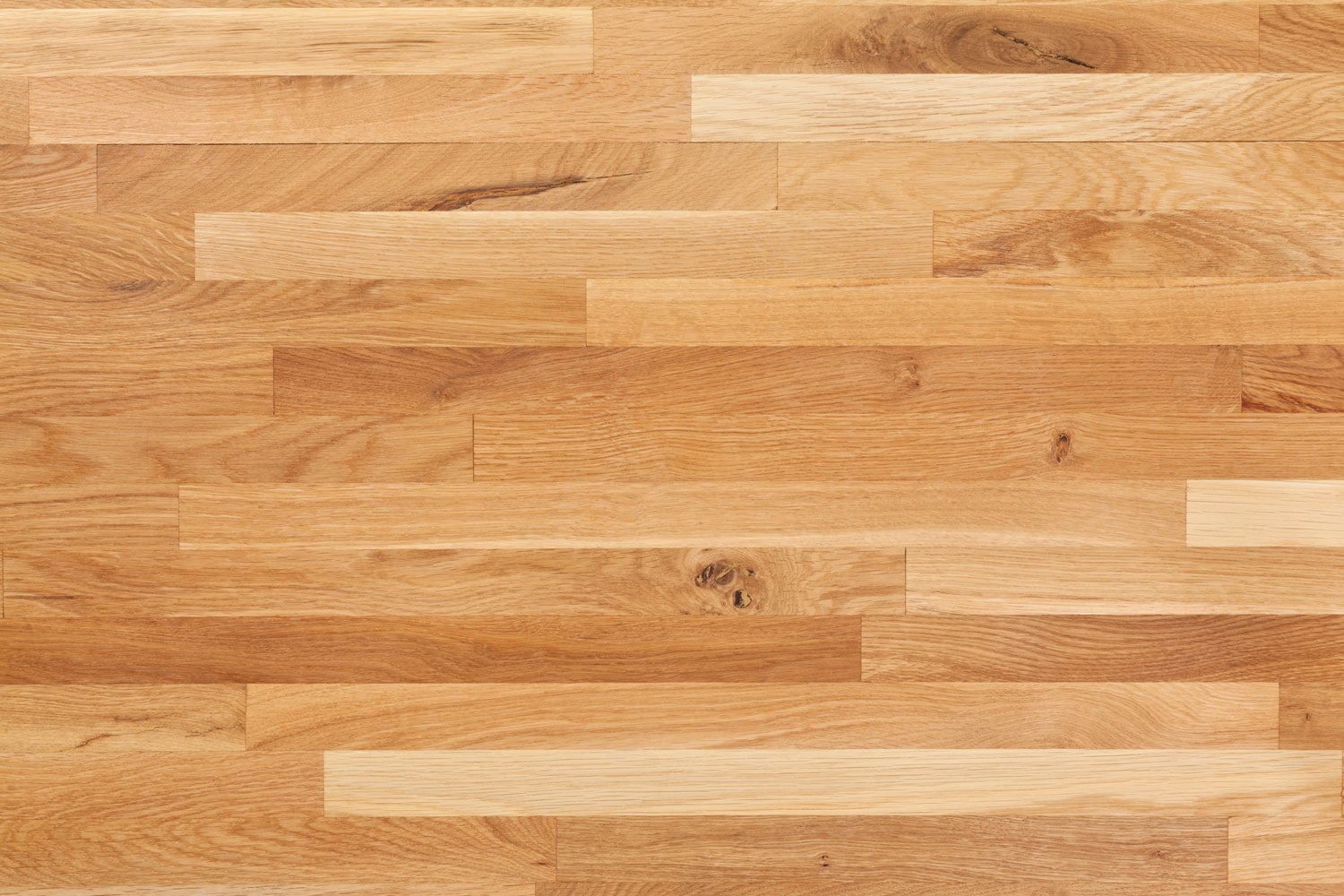
As heat cannot pass, moisture cannot pass either. With insulation, the floors will be able to block liquid particles caused by the cold temperature. You'll feel the floor getting drier.
The room can also stay warm during winter. However, you need a source of heat to support the insulation in blocking moisture. You can turn on the furnace or have an air dehumidifier. Insulation alone can not completely block moisture.
You can add a carpet to your floor to help absorb excess moisture.
See this floor carpet on Amazon.
3. Space-saving

You'll save a lot of space, considering that the insulation is hidden between the floors. The room can appear as spacious as a room without insulation.
Floor insulation is typically two inches thick. Basement and wall insulations are typically 4-6 inches thick, because basements and walls are exposed to nature's heat and moisture, like sunlight and rain. Floor insulation is different. It can be thin, since the only heat it blocks is the temperature from the room below or above.
Cons
There are many benefits to floor insulation, but you also need to be aware of some disadvantages. See the cons below.
1. Risky When Wet
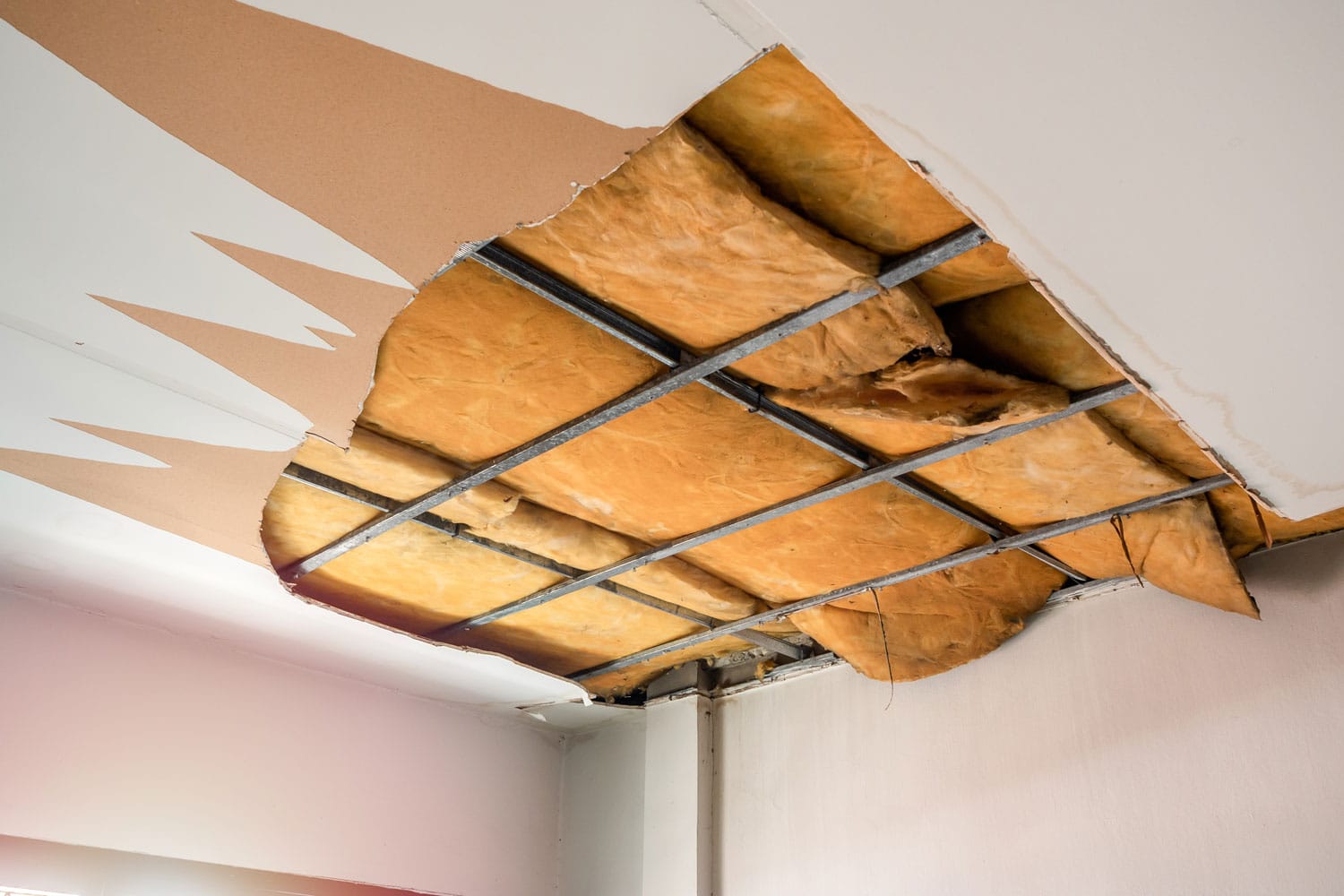
By wet, we mean water coming from leakages. You have to ensure that the pipes connecting across the rooms are sealed to prevent water from making the insulation wet.
If the insulation is already installed, you need to remove it to avoid electrical shock. You also need to repair the broken water pipes.
Another thing is that mold may grow if the insulation is exposed to water. It will create an updraft of stinky air or even make the floor too heavy. If you're not aware of the water leakage, then the floor might collapse.
2. Difficult to Start

You need the help of a professional to further assess your home, especially if the foundation of your house is finished already. Floor insulation is usually done during the construction of the house. This is to check to find out if the wires and other factors like air vents have been properly placed.
You might need to remove all the things inside your house before you can start insulating the floor. Remember that the floor is the ceiling of the room below. You need to decide if there's adequate space for insulation.
3. The Effect Can Be Permanent

Once you decide to have insulation between floors, the effect can be permanent. It means that you cannot remove the insulation easily, or that you'll spend a lot of time replacing the insulation. That's why it's important to have a thorough evaluation of the house.
What Type of Insulation Is Good for Floors?
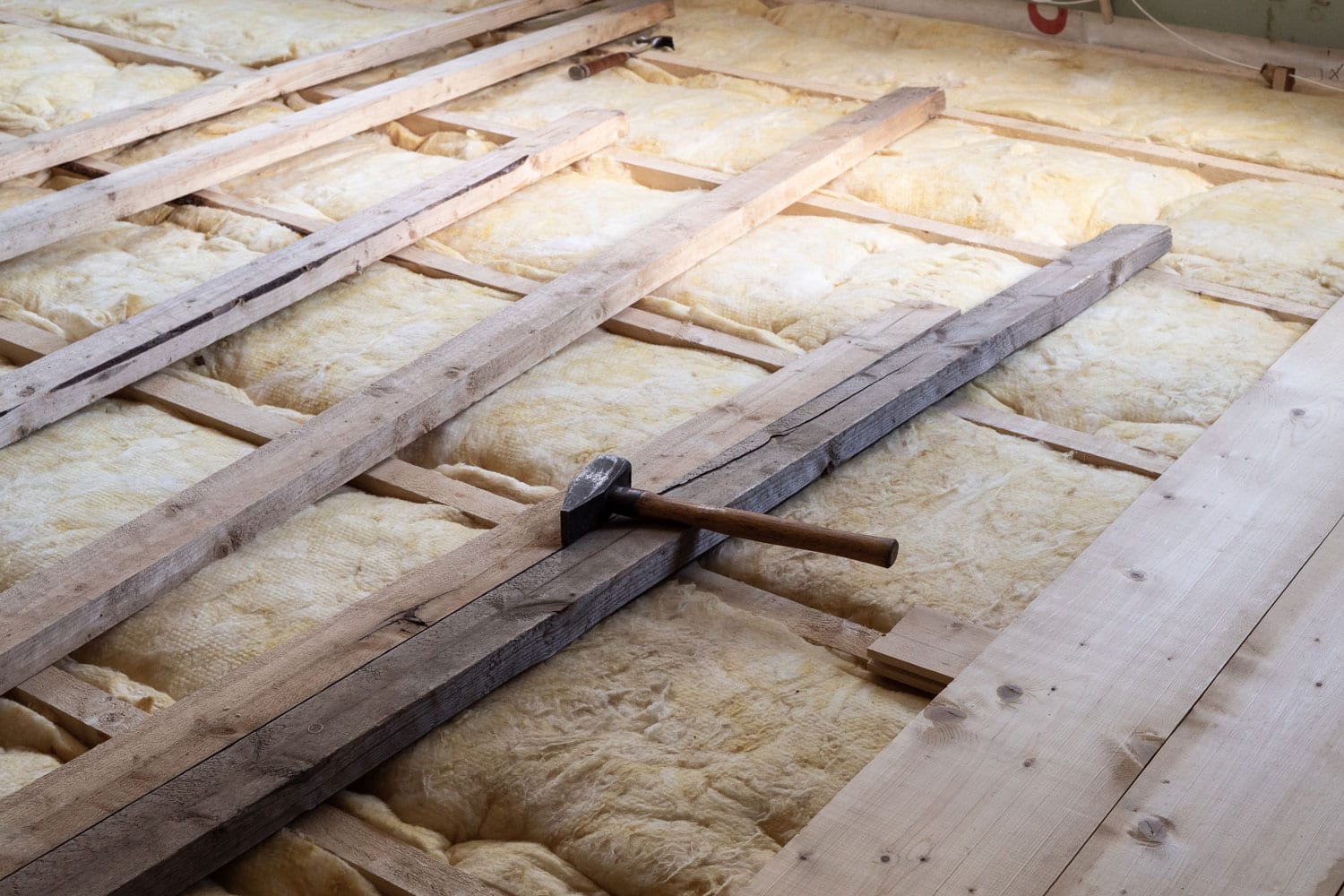
It's good to consider the best type of insulation between floors. See below some common types of insulation and what could be best for your floors.
Fiberglass
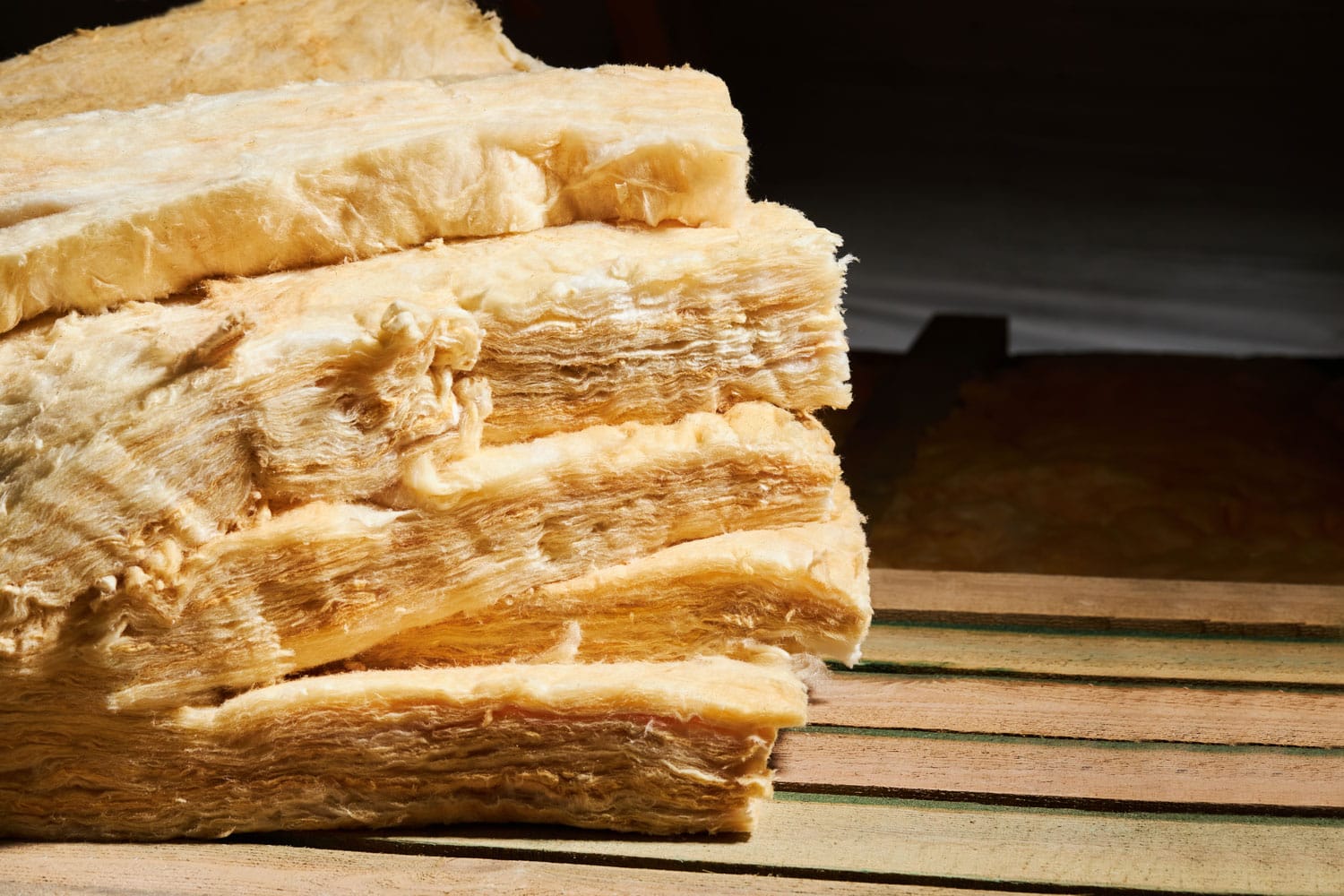
Fiberglass is very flexible, making it easy to install on almost any surface, like wood or cement. Considering that fiberglass contains fire-retardant materials like sand and recycled glass, there's a low risk of catching fire.
Also, fiberglass can be used to slow down the transfer of heat and moisture. It can prevent the air from passing through the leakages, which is good for improving the room temperature.
See this fiberglass insulation on Amazon.
Rockwool
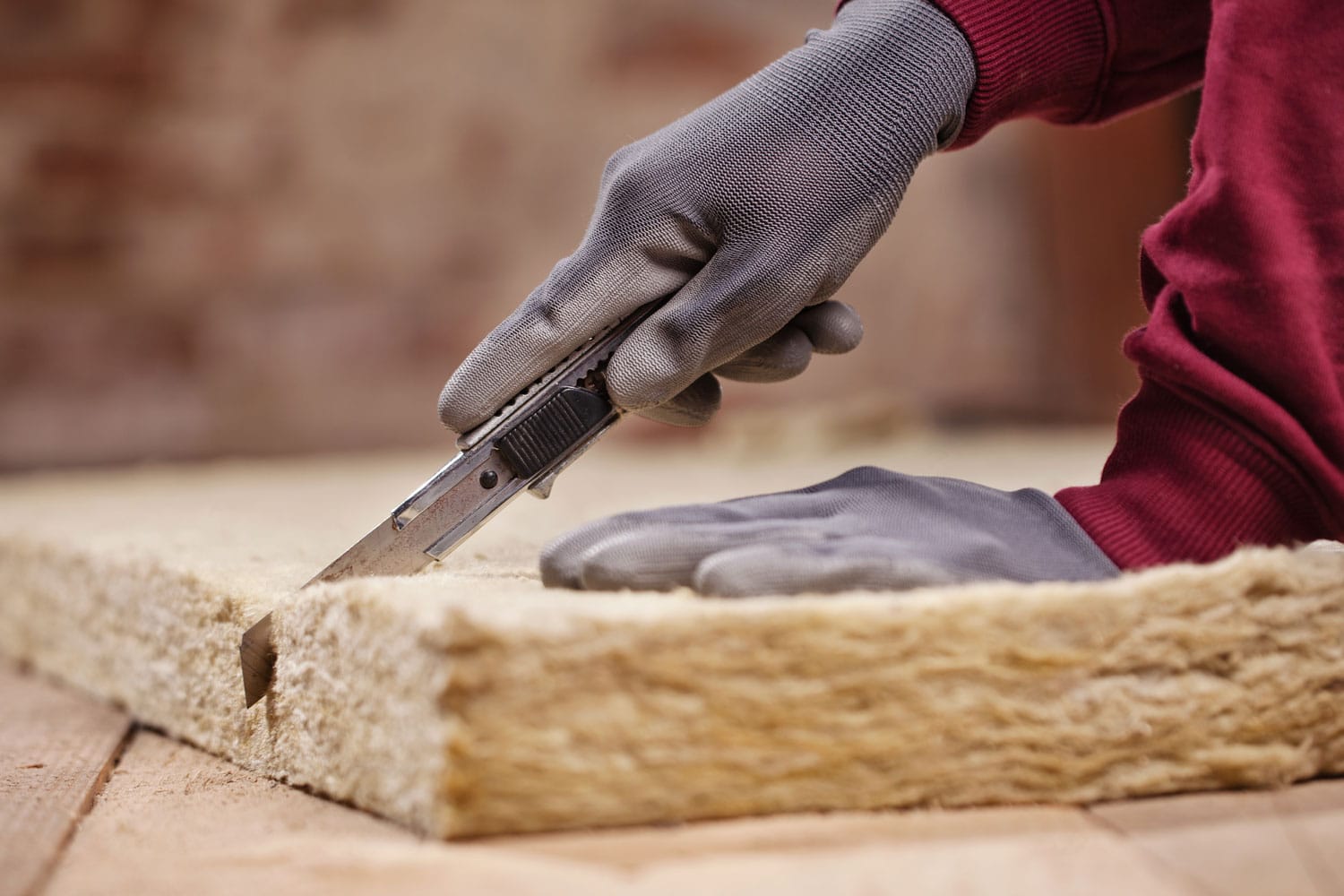
This type of insulation is made of minerals from rock and recycled steel. It's good for mold prevention and noise cancellation. The process of making rockwool involves melting its components, then spinning the mixture into a threadlike shape. This process is the reason why rockwool is also fire resistant.
When used as insulation, rockwool does not serve as a heat conductor. This means that heat cannot pass from one surface to another. It can control and isolate the temperature within itself.
Spray Foam
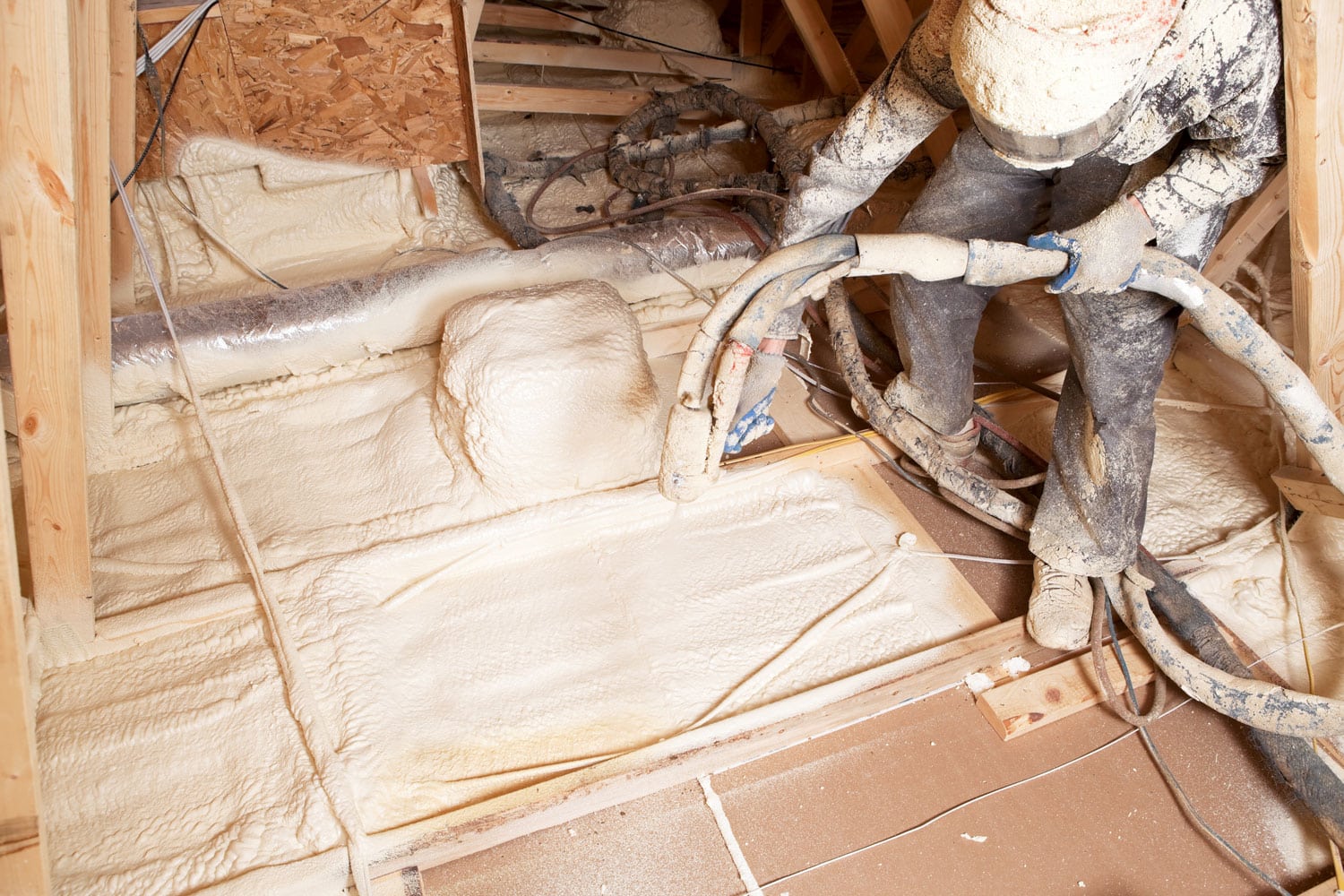
This can be the fastest type of insulation to install, as it's usually sprayed on the surface. Foam insulation is known for its expansion mechanism. It literally expands and fills up the space almost instantly.
Foam insulation can be costly, but it's good for blocking water and heat. It's also durable when it becomes solid, which strengthens the surface.
How Thick Should Floor Insulation Be?
Ideally, floor insulation should range from 2 to 6 inches, depending on the type of insulation. Keep in mind that thicker insulation does not equal more effective insulation. There are things to consider, like the floor's condition and R-value.
What Is the R-Value for Floor Insulation?

R-value refers to the ability of a surface to withstand heat as well as the resistance to heat transfer. The R-value varies depending on the area of the house and the normal temperature range.
However, the average R-value when insulating the floor ranges from around R-13 to R-30. This is to ensure the efficiency of trapping the heat and moisture. It's different from the R-value of the wood itself, in case your floor is made of wood.
Difference Between Insulation and Underlayment
Homeowners often get confused about the difference between insulation and underlayment. The two probably have similarities, considering they are installed on the floor. But they serve different purposes.
Insulation is a layer that improves the room temperature by controlling heat transfer. Underlayment significantly straightens the joists and smoothes the subfloor's protrusion.
Underlayment also insulates a bit. Let's put it this way to avoid confusion: you can have an underlayment without insulation, but you cannot use the insulation to support the joists.
Conclusion
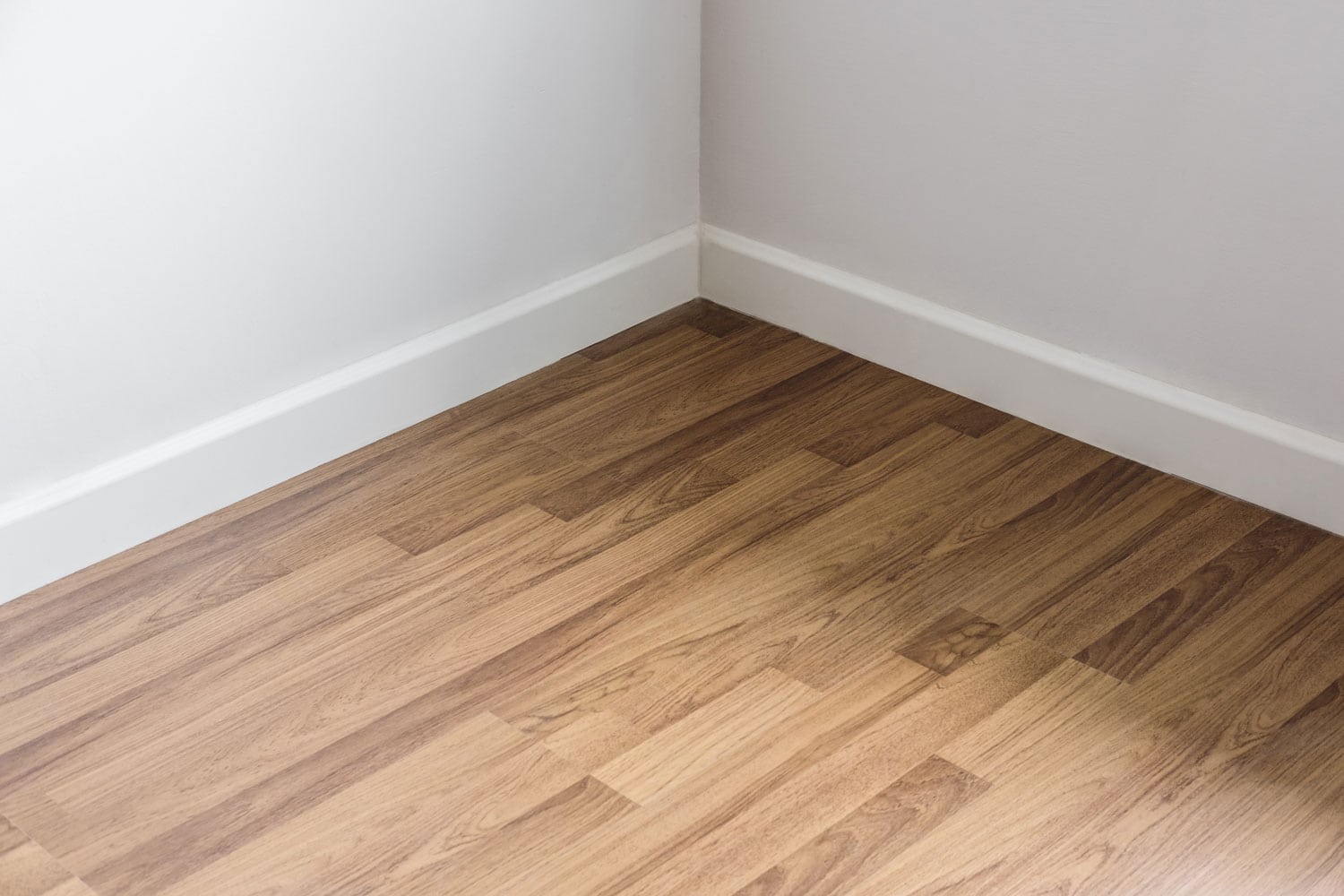
We hope you learned helpful information from this article. We discussed the pros and cons of floor insulation and what to assess in your house.
Also, we included some types of insulation and highlighted their differences. You've learned the differences between insulation and underlayment.
It's recommended that you seek professional help if you plan to insulate the floors of your home.
Did you find this article useful? Then check out these helpful articles:



